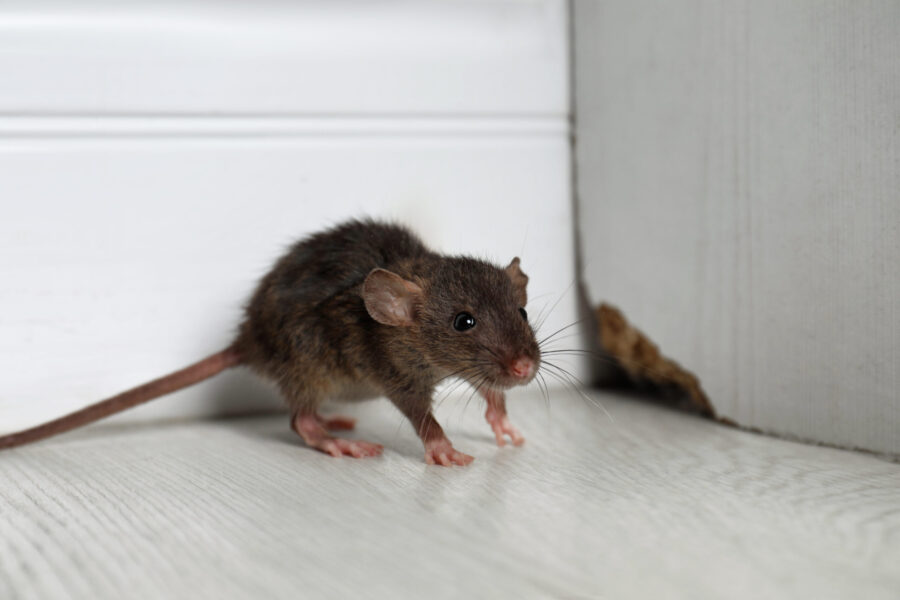Smart Pest Control for Cleanrooms: Ensuring a Pristine Environment
Share
Cleanrooms are integral to many industries, from pharmaceuticals to electronics, where maintaining a contamination-free environment is critical. The introduction of pests in such settings can lead to disastrous consequences, affecting product quality and safety. This is where smart pest control for cleanrooms comes into play, offering advanced solutions to maintain the sanctity of these spaces.

The Importance of Pest Control in Cleanrooms
Pests can be detrimental to cleanrooms, not only because they physically contaminate the space but also because they can introduce bacteria, viruses, and other unwanted organisms. Traditional pest control methods often fall short due to their reactive nature. In contrast, smart pest control utilizes technology to proactively address and mitigate pest issues before they escalate.
Industries that rely on cleanrooms must adhere to stringent regulatory standards. Any lapse in maintaining these standards can result in significant financial losses and damage to reputation. Therefore, implementing an effective pest control strategy is not just about compliance but also about safeguarding the core operation of businesses.
How Smart Technologies are Revolutionizing Pest Control
The advent of smart technologies has transformed pest control measures from reactive to proactive. This shift is crucial, especially in environments where even the smallest contamination can have far-reaching implications. Smart pest control systems leverage IoT devices, sensors, and data analytics to monitor pest activity in real-time.
These systems are designed to detect anomalies and send alerts to facility managers, enabling them to take swift action. Additionally, by analyzing data patterns, these systems can predict potential pest outbreaks, allowing for preemptive measures. This approach not only improves efficiency but also reduces the dependency on chemical treatments, which can be harmful in sensitive environments like cleanrooms.
Benefits of Smart Pest Control
One of the primary benefits of smart pest control is its ability to provide continuous monitoring without human intervention. This constant vigilance ensures that any signs of pest activity are detected immediately, reducing response times and minimizing potential damage.
Moreover, smart pest control systems are highly customizable. They can be tailored to the specific needs of a cleanroom, taking into account factors such as size, layout, and the types of pests typically encountered. This customization ensures that the pest control strategy is both effective and efficient.
Integration with Existing Systems
An added advantage of smart pest control systems is their ability to integrate seamlessly with existing cleanroom management systems. This integration provides a holistic view of the environment, allowing facility managers to oversee all aspects of cleanroom maintenance from a single platform.
For instance, by integrating pest control data with air quality monitoring systems, managers can gain insights into how different environmental factors may influence pest activity. This comprehensive approach not only enhances pest management but also contributes to the overall optimization of cleanroom operations.
Challenges and Considerations
While the benefits of smart pest control are manifold, there are challenges to consider. The initial setup cost of these systems can be high, although the long-term savings and efficiency gains often justify the investment. Additionally, the reliance on technology means that regular maintenance and updates are essential to ensure optimal performance.
It is also crucial to select a system that complies with the specific regulatory standards applicable to the industry and region. This compliance ensures that the pest control measures align with broader cleanroom management practices.
Conclusion
In conclusion, smart pest control for cleanrooms represents a significant advancement in maintaining contamination-free environments. By leveraging technology, these systems provide a proactive, efficient, and customizable approach to pest management. As industries continue to evolve, the adoption of smart pest control will undoubtedly become a standard practice, ensuring that cleanrooms remain pristine and operationally sound.
To learn more about how smart pest control can benefit your facility, consider exploring this comprehensive guide on automated pest control. For insights into pest control practices in other industries, check out this informative article.

FAQ
What is smart pest control?
Smart pest control involves using advanced technologies such as IoT devices and data analytics to monitor and manage pest activity in real-time. It provides a proactive approach to pest management, reducing the reliance on chemical treatments and improving efficiency.
Why is smart pest control important for cleanrooms?
Smart pest control is crucial for cleanrooms because it helps maintain contamination-free environments, which are essential for the quality and safety of products. By proactively managing pest activity, it ensures compliance with regulatory standards and protects the core operations of businesses.
How does smart pest control integrate with existing systems?
Smart pest control systems can integrate with existing cleanroom management systems, providing a comprehensive view of the environment. This integration allows for better oversight and optimization of cleanroom operations, enhancing overall efficiency.
This article contains affiliate links. We may earn a commission at no extra cost to you.
